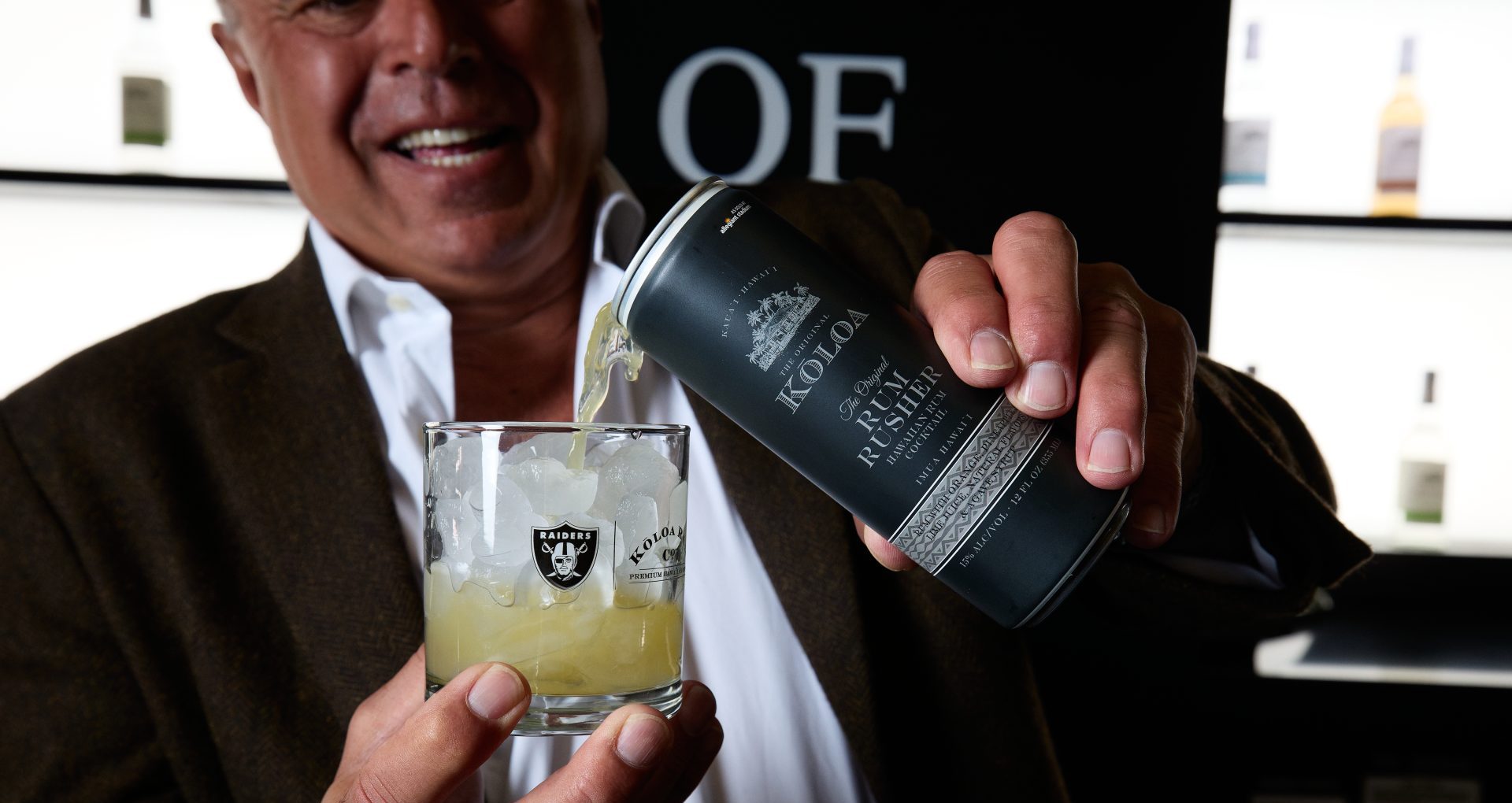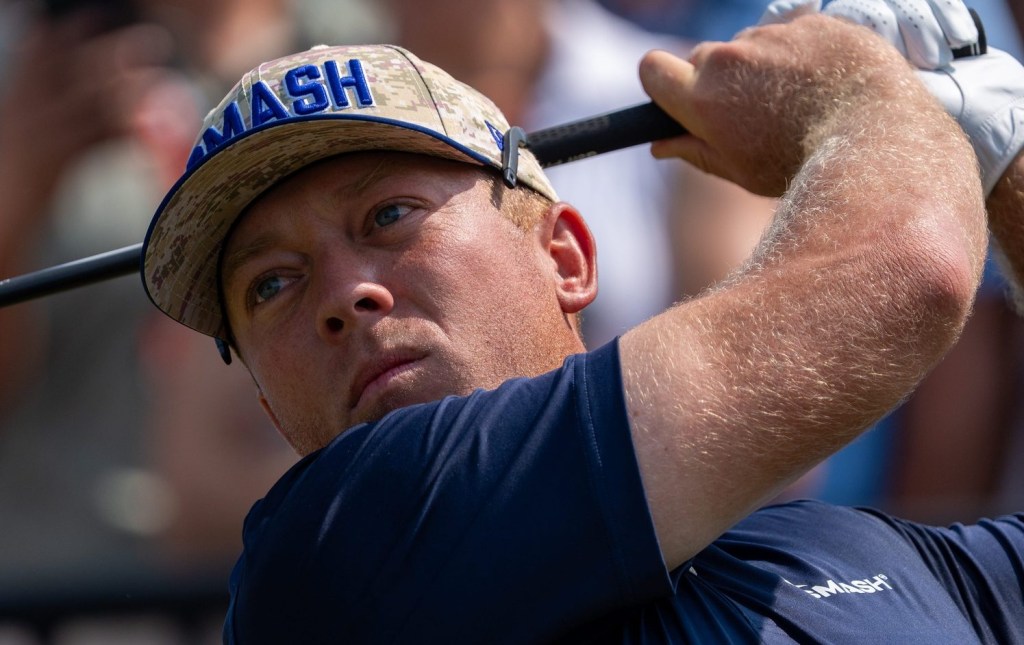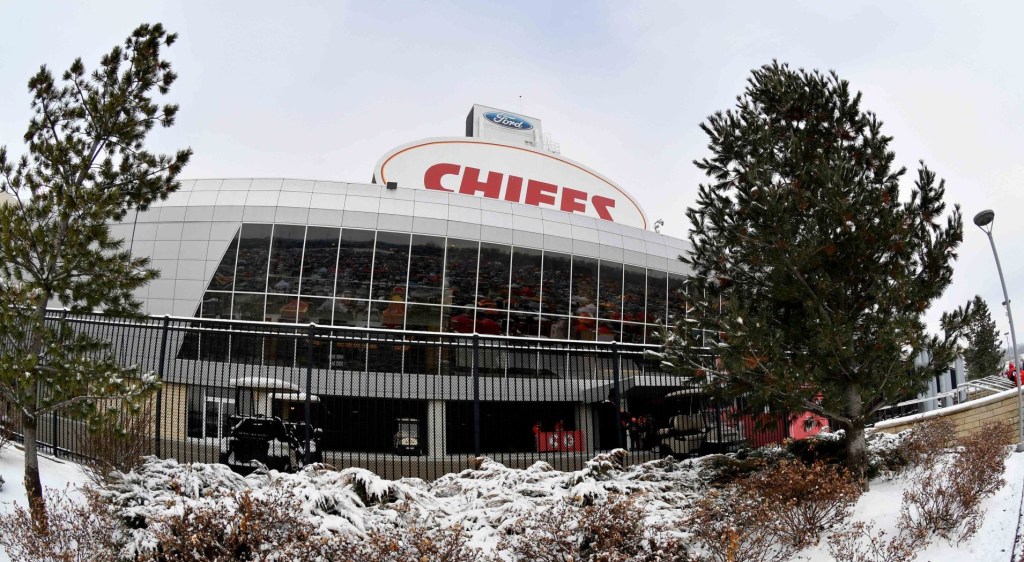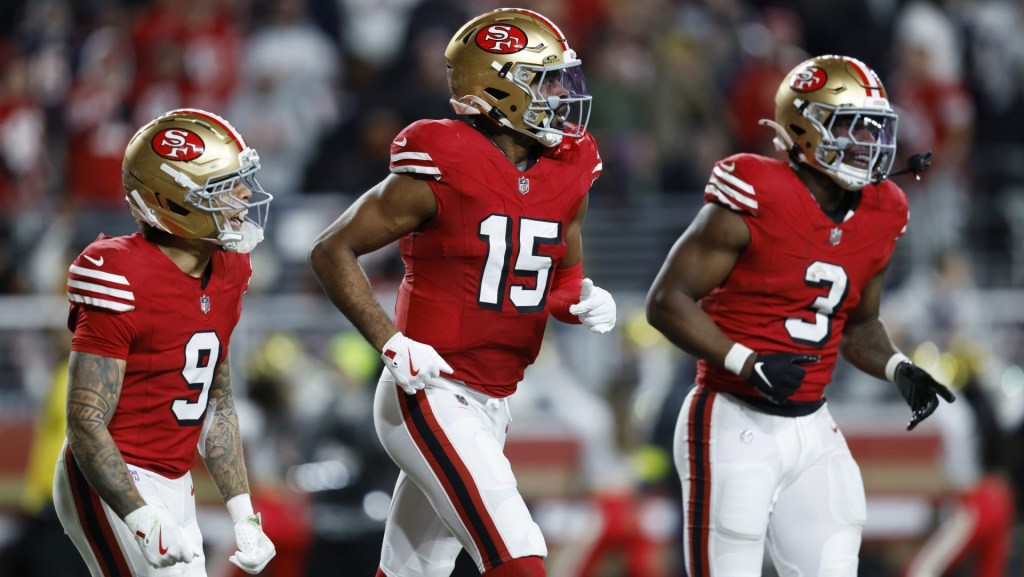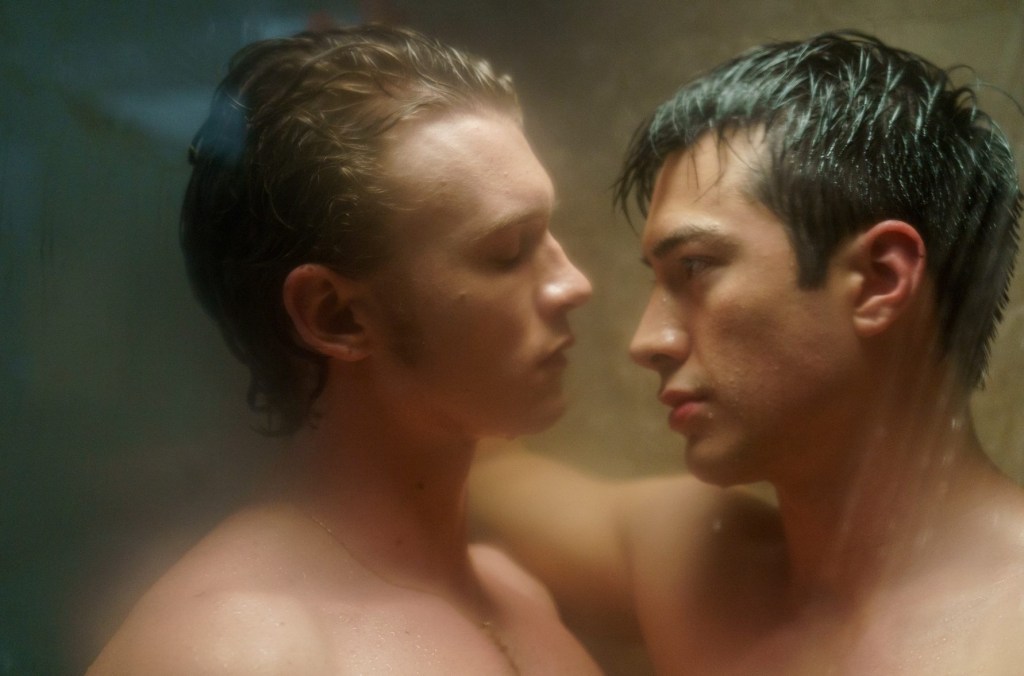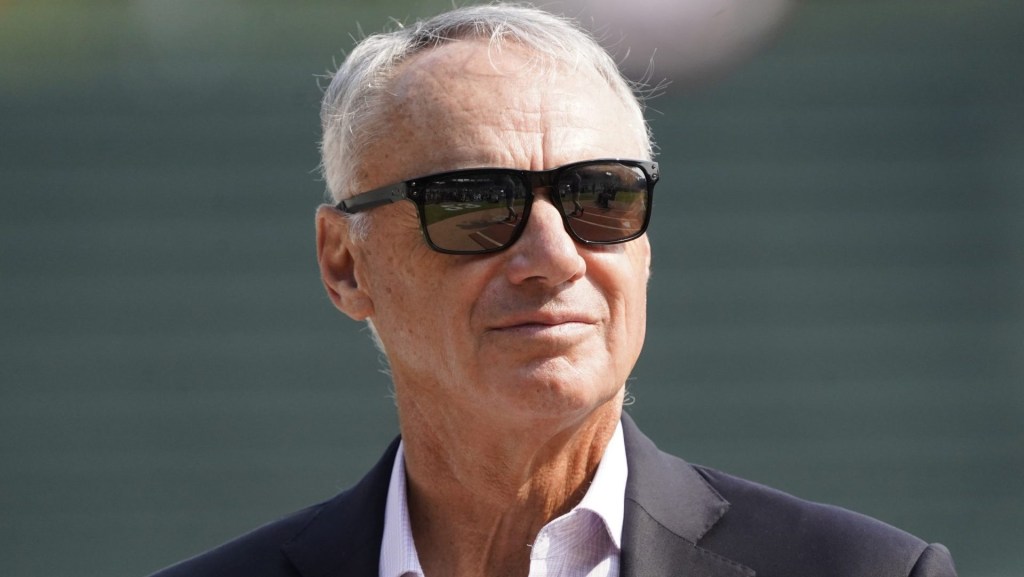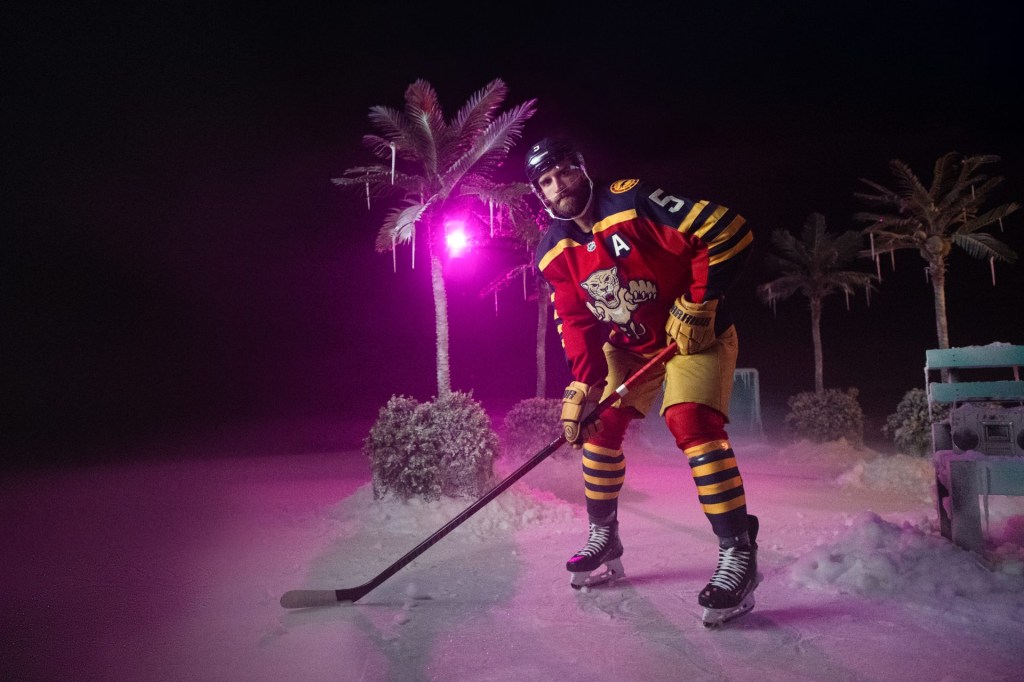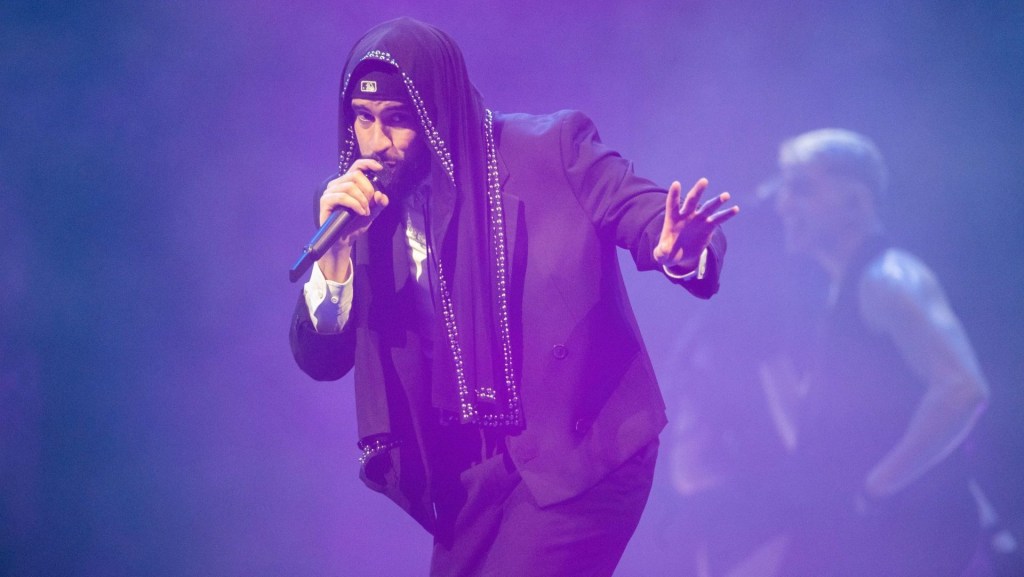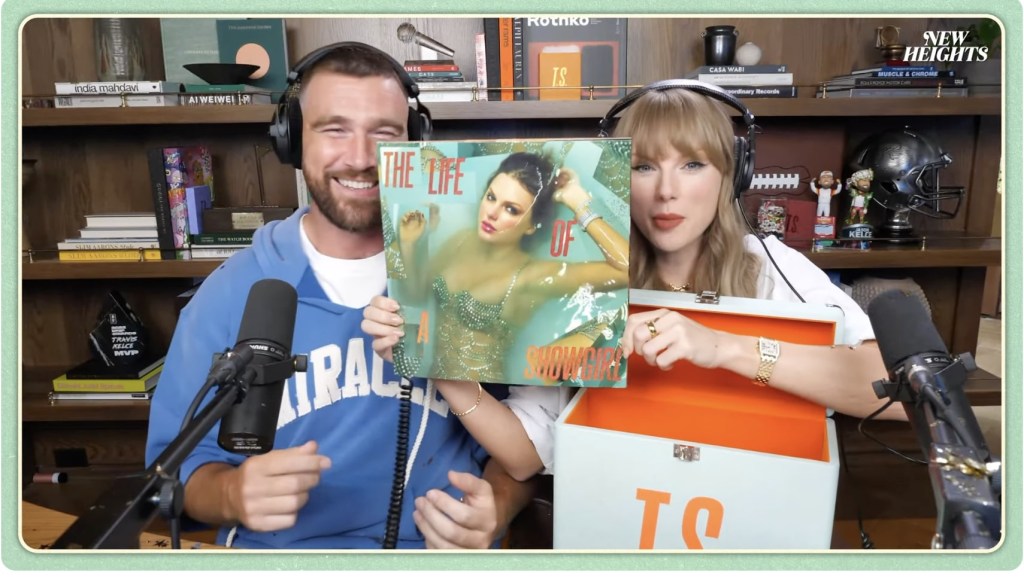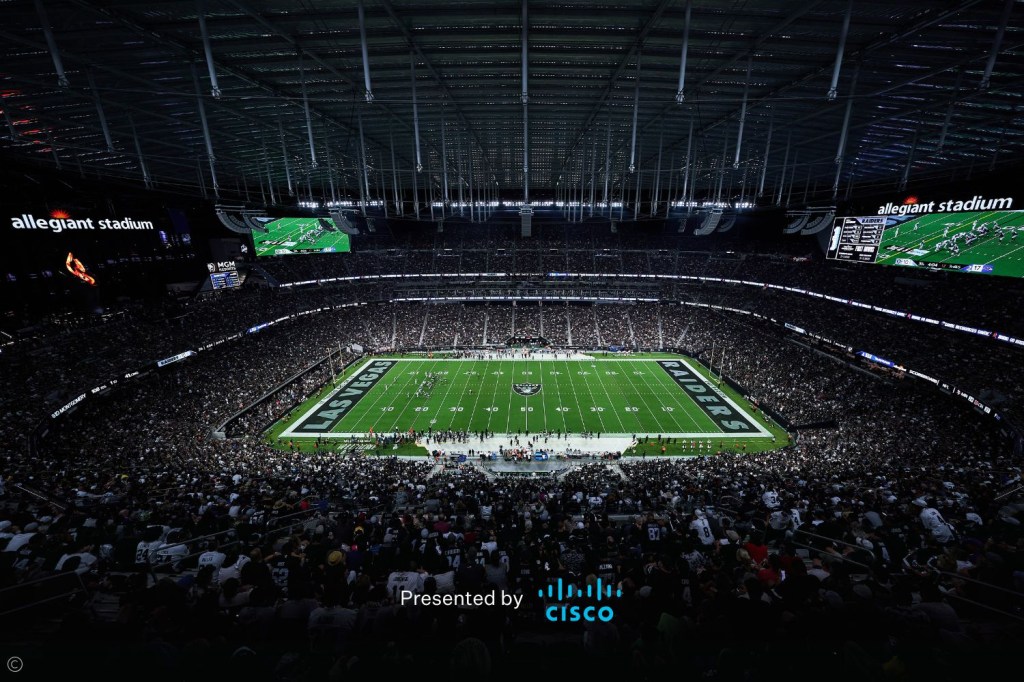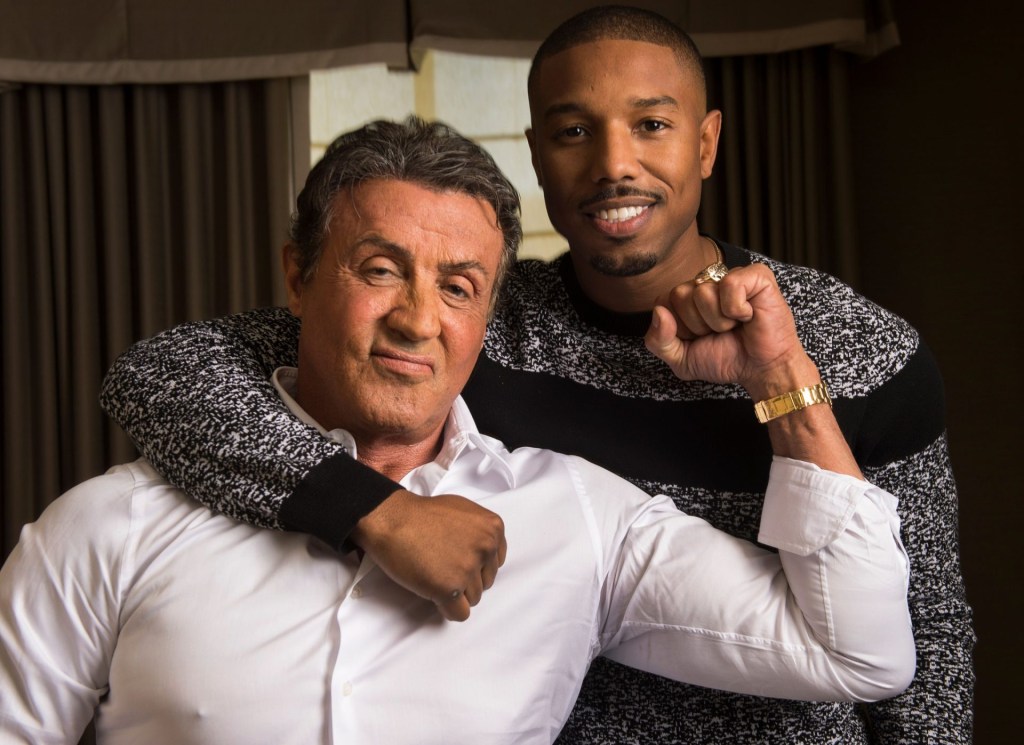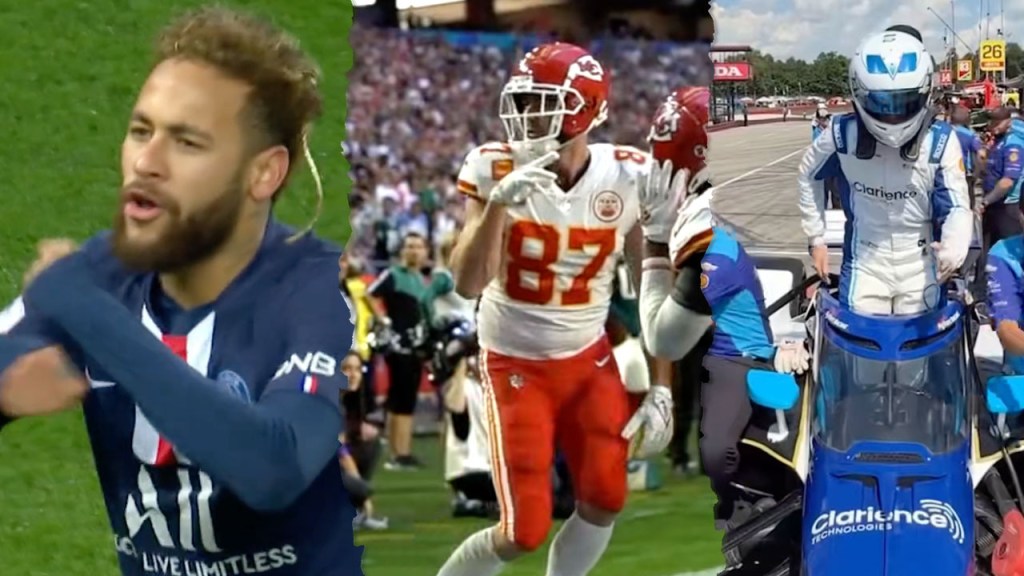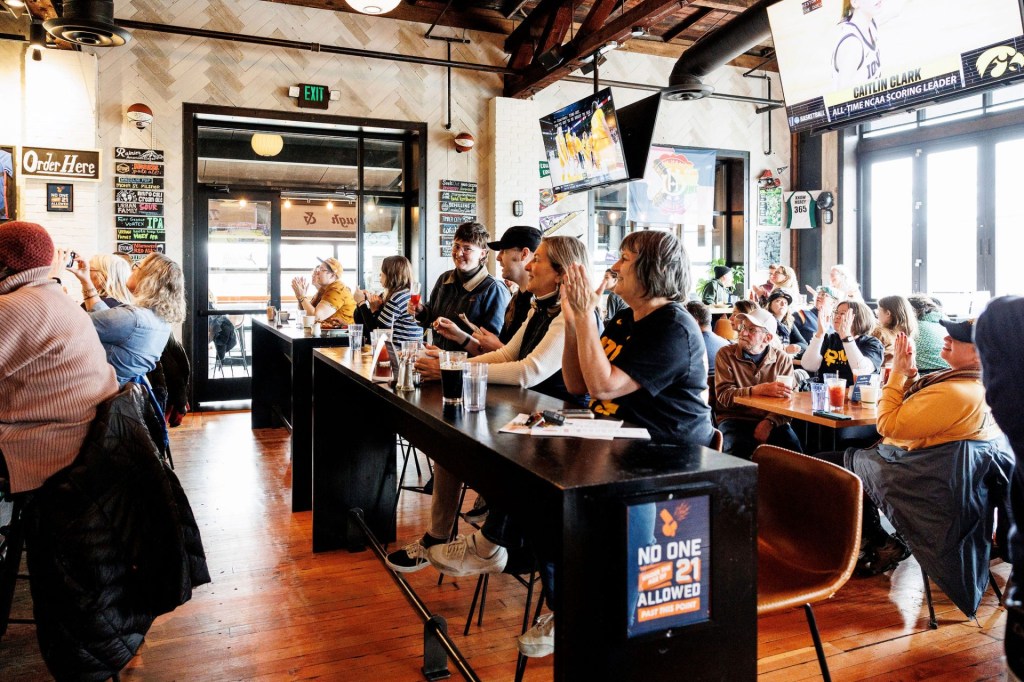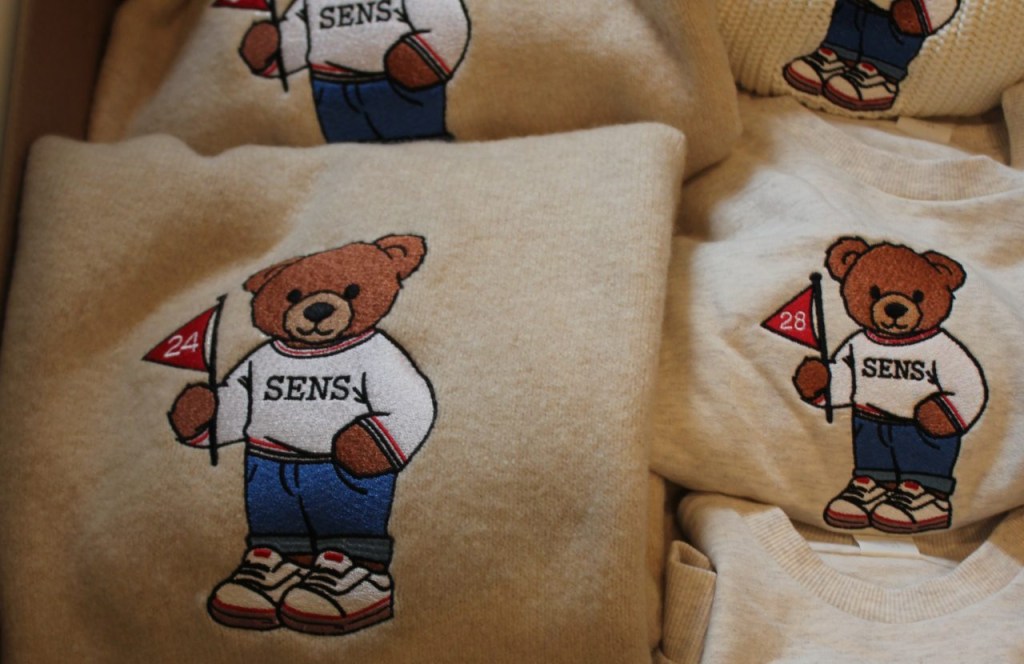Shortly after the Florida Panthers won their second consecutive Stanley Cup, new bottles appeared on the website of Mano’s Wine. Their glass is etched with the Cup, team logo, year, and the word “champions.” They’re sold for $34.95 (white wine and bubbly) and $59.95 (red wine) directly through Mano’s or at Publix, a major grocery chain in Florida. At their victory parade in Fort Lauderdale, the Panthers popped corks on the silver bottles of Blanc de Blanc sparkling wine.
Mano’s is one of the leaders in the “victory wine” category. The company has created custom-etched bottles for dozens of pro and collegiate sports teams including the Panthers, New York Mets, Oklahoma City Thunder, Seattle Sounders, and Los Angeles Sparks, as well as athletes such as NASCAR’s Jimmie Johnson. There’s also the Kansas City Chiefs’ 2022 World Champions vintage bubbly—something to pop open for the Taylor Swift–Travis Kelce engagement, perhaps.
Some vintages are year-round products, but others are special-occasion. The turnaround on these timely bottles can happen in just a few months.
The teams or athletes reach out to a producer of their choosing to bottle a product that’s then labeled with their own intellectual property—logos, slogans, etc., explains alcoholic beverage attorney Ryan Malkin. They pick a wine style and bottle theme, then make sure they have the correct alcohol licenses to sell in their target region and retailers, which can be liquor stores or public venues, including their own stadiums.
Sports-branded booze has boomed across categories: wine and beer, spirits and, more recently, canned cocktails. Initially as the trend rose, NHL and NFL licensing laws stipulated the packaging had to celebrate a specific team victory or milestone. Now, though, the landscape is wide open.
These products are private-label releases that are different from sponsorship logos on swag for giveaway nights or contests, and teams and athletes take their namesake drinks seriously. Not every release scores with fans—“it made my throat scratchy” and “I poured it out but kept the bottle,” wrote social media commenters about a couple of the wines—but they’re still rolling off the production lines.
They range in price and quality but have the same goal: a refined extension of the fan experience—one that maybe appeals to a non-die-hard follower, too. Sourced from various wineries and distilleries, the products are intended as collector’s items—often more about the hefty, trophy-like bottles than what’s in them.
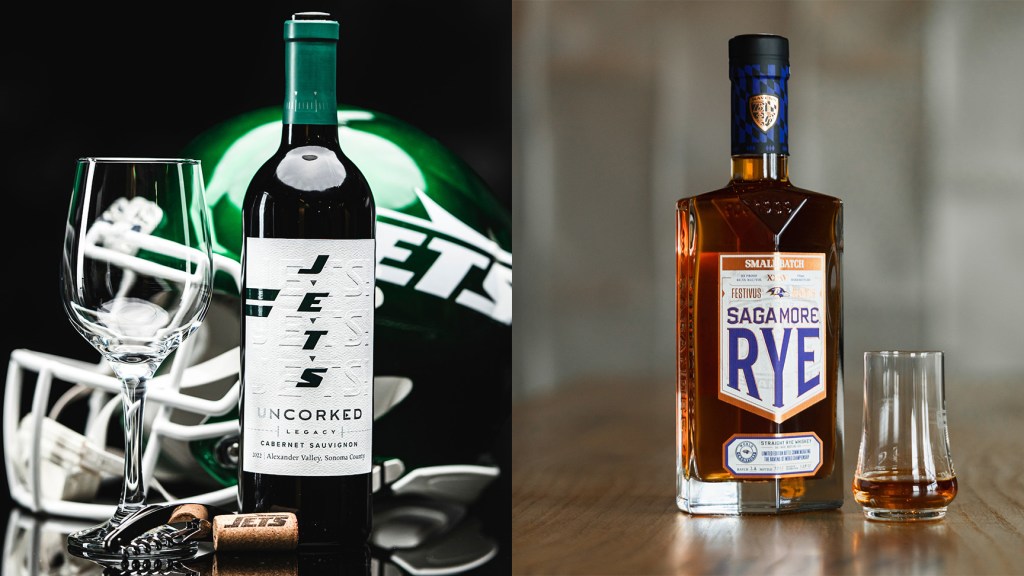
However, for some teams and athletes, the contents of the bottle matter a lot.
The New York Jets have released three Jets Uncorked bottlings in the past 15 years, working with top California winemakers. For their first wine outings, the team specifically chose Napa and Sonoma red wine for its prestige value and cellar-worthiness, says Jeff Fernandez, Jets SVP of business development and ventures. Unlike the rushed etched-bottle route, their process takes nearly a year among carefully selecting the winemaker, style of wine, and visuals.
The cases have sold out each time, and because of the sommelier street cred of the wine itself, have even landed on major-restaurant wine lists including Del Frisco’s steakhouse in New York and New Jersey.
The current Jets 2022 Uncorked Legacy Cabernet Sauvignon from Sonoma County—a $40 bottle—is licensed through Laithwaites (which traces its legacy to 1969, the year Joe Namath helped the team clinch their only Super Bowl) by award-winning California winemaker Bill Knuttel. “The team chose cabernet because it has all the qualities that embody the Jets and their fans: bold, unflinching, exciting, exuberant,” Laithwaites COO Neil Rhodes tells Front Office Sports.
Label design matters a lot. “The Jets had a vision from the premium wine inside the bottle to the design of the label, which shows off the revamped modern version of their classic Sack Exchange logo from 1978 to 1997 and pays tribute to the fans and their iconic J-E-T-S chant,” he says.
Fernandez says the wine was even entered into the San Francisco Chronicle Wine Competition last year and won a gold medal. “For people who have bought this wine over the years, whether they’re Jets fans or just wine fans or football fans, or in some cases collectors—it’s always really just been about if it’s good quality, they’re going to come back for the next vintage. It’s been about creating a business that can really be sustained.”
Wine is only one player in the big leagues of booze collaborations. One notable release is Sagamore Spirit’s limited-edition Ravens Festivus Maximus small batch rye whiskey, which is now in its third release due to its popularity. This year’s version from the Baltimore distillery celebrates the 25th anniversary of the Ravens’ first championship.
Although exact revenue figures are not made public by most of these producers, Sagamore Spirit says the whiskey is performing well. “We sold out of the commemorative bottles in each of the first two years, and this year’s release is already off to an even stronger start,” says Edgardo Carias, VP of marketing at Disaronno International, parent company of Sagamore Spirit.
This year, Eli Manning partnered for a second time with Knob Creek for its Bold Picks series, a fantasy-football-themed limited edition. The former quarterback spent time with eighth-generation master distiller Fred Noe to choose the barrel the product would be bottled from, says Tim Heuisler, a global brand ambassador for James B. Beam Distilling Co. “He brings this authenticity that you just can’t manufacture,” he says.

Ready-to-drink canned cocktails are one of the fastest-growing segments in alcohol—the RTD category is expected to reach $247.2 billion by 2032—and teams are latching on there, too. The Las Vegas Raiders released a Rum Rusher cocktail with Kōloa, which did so well that it inspired a 65th-anniversary limited-edition Kōloa spice rum bottle.
And for the start of last NHL season, the Carolina Hurricanes created a canned cocktail with Wilmington, N.C.’s End of Days Distillery. The obvious choice was a ready-to-drink version of a classic hurricane cocktail: a carbonated mix of the distillery’s flagship Port of Entry Rum, plus passion fruit juice and lemon juice. “It’s a fan-favorite, recognizable, and tied directly to the team’s name,” says distillery cofounder Shane Faulkner. End of Days tells FOS it has seen a big jump in brand exposure from the collab.
The cocktail is available within a 75-mile radius of Wake County in North Carolina, which includes the Lenovo Center where the Hurricanes play. (The Canes also have a beer with Raleigh-based R&D Brewing, which also makes signature brews for Wake Forest, Eastern Carolina, and Appalachian State.)
The collaborations are constantly expanding across athletes and teams as well as drink categories. Nonalcoholic options are popping up and likely to be the next biggest category, especially because they are often readily available in more states without the restrictions of complicated liquor-distribution laws.
Sports booze is popular but not without its most vocal critics: fans. One of the bottles, wrote one consumer on social media, tasted “like a penalty box after a triple overtime game.” But the products are getting better as the partnerships grow.
Now, for the most important question: How does it taste?
As a trained sommelier, I had to give the Jets Uncorked Legacy a try. I poured a glass from the meticulously designed bottle—and I was impressed. The wine is a full-bodied cabernet sauvignon with intense brambly fruit (blackberry, blueberry, dark plum), subtle hints of mint and dill, and a balanced acidity with approachable tannins.
It made me crave a tailgate burger.
